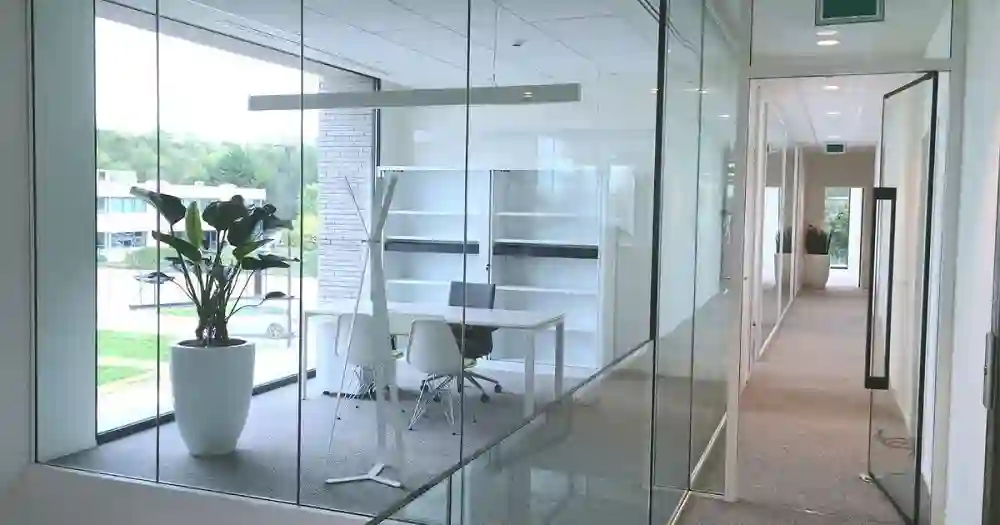In recent years, the architectural and interior design industries have increasingly recognized the importance of safety without compromising aesthetic appeal. One innovation that embodies this duality is fire-rated glass partitions. These structures not only enhance the beauty of a space but also provide crucial safety features that protect occupants in the event of a fire. This article explores the characteristics, benefits, and applications of fire-rated glass partitions, highlighting their role in modern construction.
What Are Fire-Rated Glass Partitions?

Fire-rated glass partitionsare specially designed glass panels that meet stringent safety standards for fire resistance. These partitions can be used in various settings, from commercial buildings to residential spaces, offering a transparent barrier that limits the spread of fire and smoke while allowing natural light to flow through. Fire-rated glass is manufactured using several techniques, including laminated, tempered, and insulated glass, each providing different levels of fire resistance based on the materials and methods used in production.
Safety Features
Fire Resistance Ratings
One of the primary functions of fire-rated glass partitions is to contain fires, preventing them from spreading to other areas of a building. Fire resistance ratings are established through testing and indicate how long a glass partition can withstand exposure to fire. Common ratings include 20, 30, 60, and 90 minutes, with higher ratings indicating greater resistance. These ratings are crucial for compliance with local building codes and fire safety regulations.
Smoke Control
In addition to fire resistance, these partitions play a significant role in smoke control. Smoke is often more dangerous than flames, contributing to injuries and fatalities during fires. Fire-rated glass partitions can limit the movement of smoke, helping to maintain safer environments during emergencies. This is particularly important in high-traffic areas such as office buildings, hospitals, and schools.
Aesthetic Appeal
Modern Design
Fire-rated glass partitions offer a sleek and modern aesthetic that enhances the overall design of a space. Unlike traditional walls, which can make areas feel closed off, glass partitions create an open and airy atmosphere. They allow natural light to permeate, reducing the need for artificial lighting and creating a more inviting environment. This design flexibility makes them suitable for various architectural styles, from contemporary to industrial.
Customization Options
Architects and designers can choose from various styles and finishes when working with fire-rated glass partitions. These options include clear, tinted, or frosted glass, allowing for creative expression while maintaining safety standards. Custom framing and installation methods further enable the integration of glass partitions into existing structures, ensuring that they complement the overall design vision.
Applications
Commercial Spaces
In commercial environments, fire-rated glass partitions are frequently used in offices, conference rooms, and lobbies. They provide necessary fire protection while maintaining visibility and openness, which is essential for fostering collaboration and communication among employees. Additionally, these partitions can serve as attractive displays for products in retail environments, allowing customers to see through barriers without compromising safety.
Healthcare Facilities
Healthcare facilities, including hospitals and clinics, often incorporate fire-rated glass partitions to create safe and comfortable environments for patients and staff. These partitions help delineate spaces, such as waiting areas and examination rooms, while ensuring compliance with strict fire safety regulations. Their ability to control smoke and limit the spread of fire is particularly vital in facilities where large groups of people gather.
Educational Institutions
In educational institutions, fire-rated glass partitions contribute to safety and functionality. They can be used to separate classrooms, laboratories, and administrative offices while providing visibility for security purposes. This transparency fosters a sense of openness and community, enhancing the learning environment for students and faculty.
Conclusion
Fire-rated glass partitions represent a significant advancement in architectural design, merging safety with aesthetic appeal. Their ability to contain fire and smoke while allowing natural light to flow through makes them an ideal choice for a variety of applications, from commercial and healthcare facilities to educational institutions. As building codes continue to evolve and the emphasis on safety increases, the demand for fire-rated glass partitions is likely to grow.
Investing in these innovative solutions not only enhances the safety of a building but also elevates its overall design, making them a smart choice for architects, designers, and building owners alike. The integration of fire-rated glass partitions into modern architecture underscores the commitment to creating safer and more visually appealing spaces, setting a new standard for future developments.